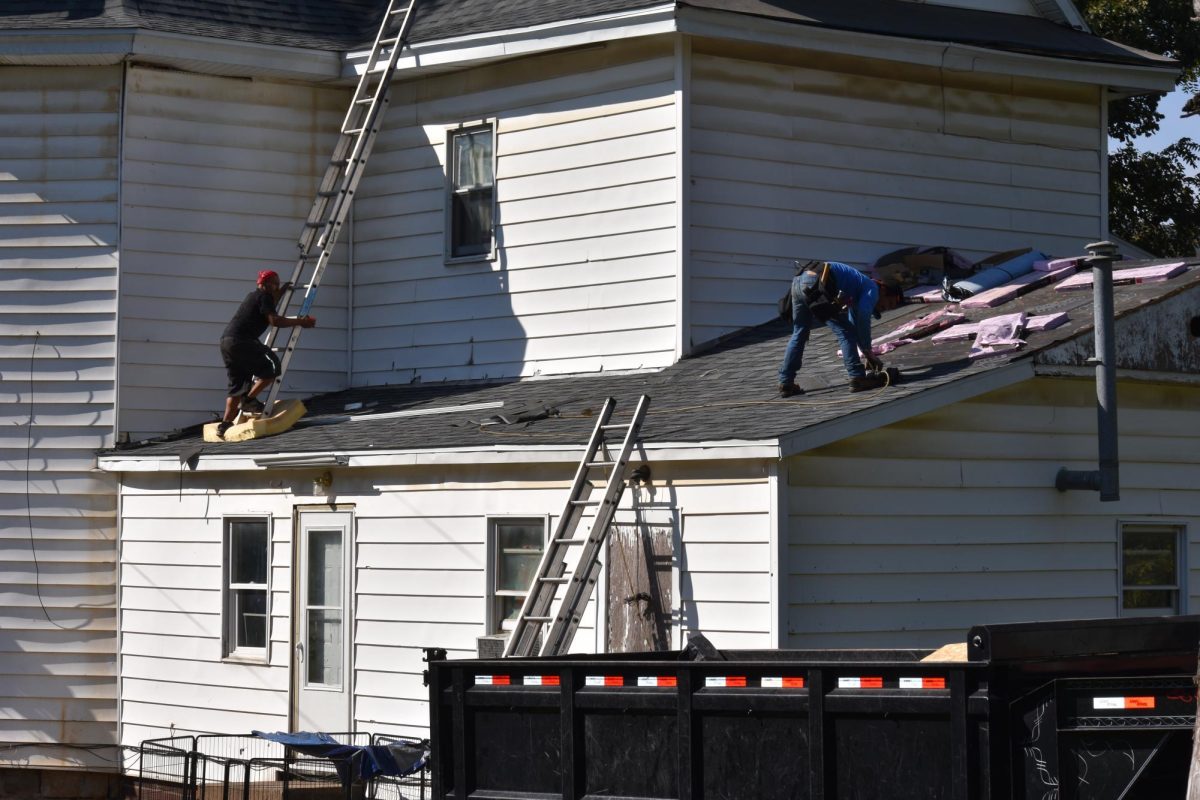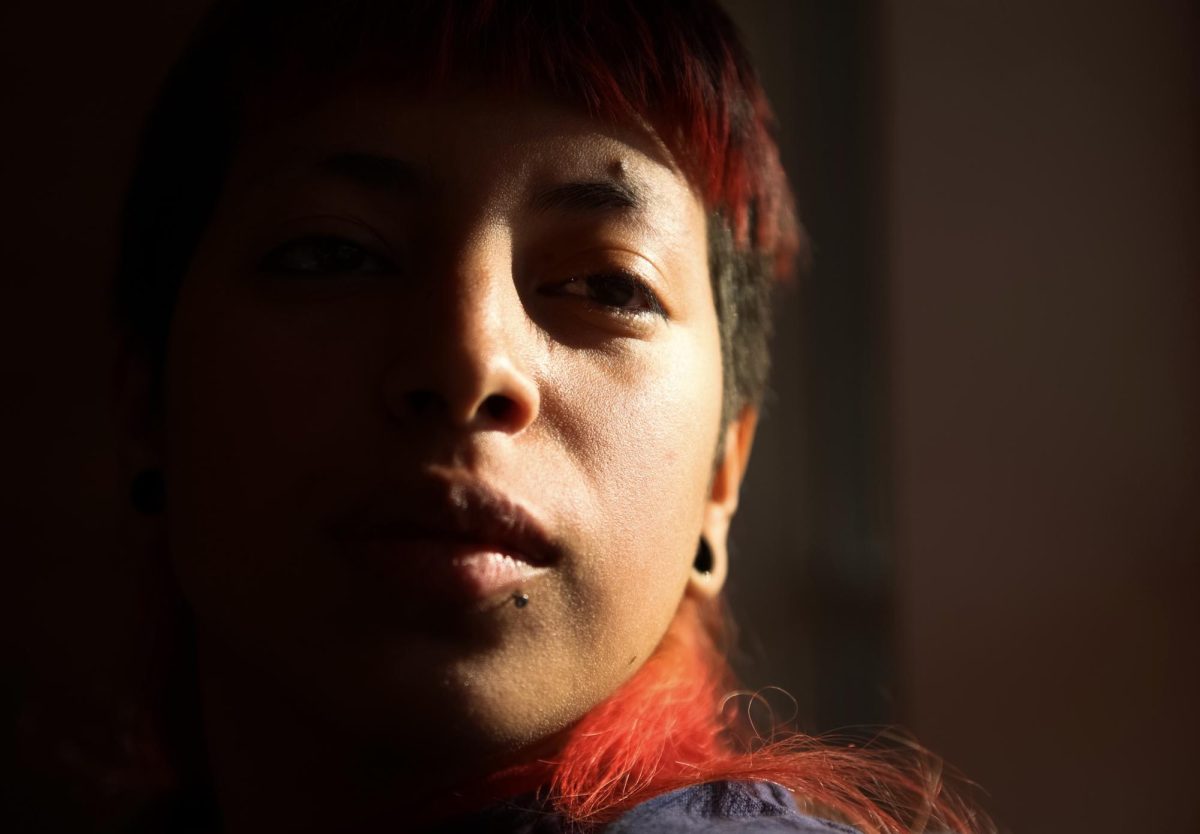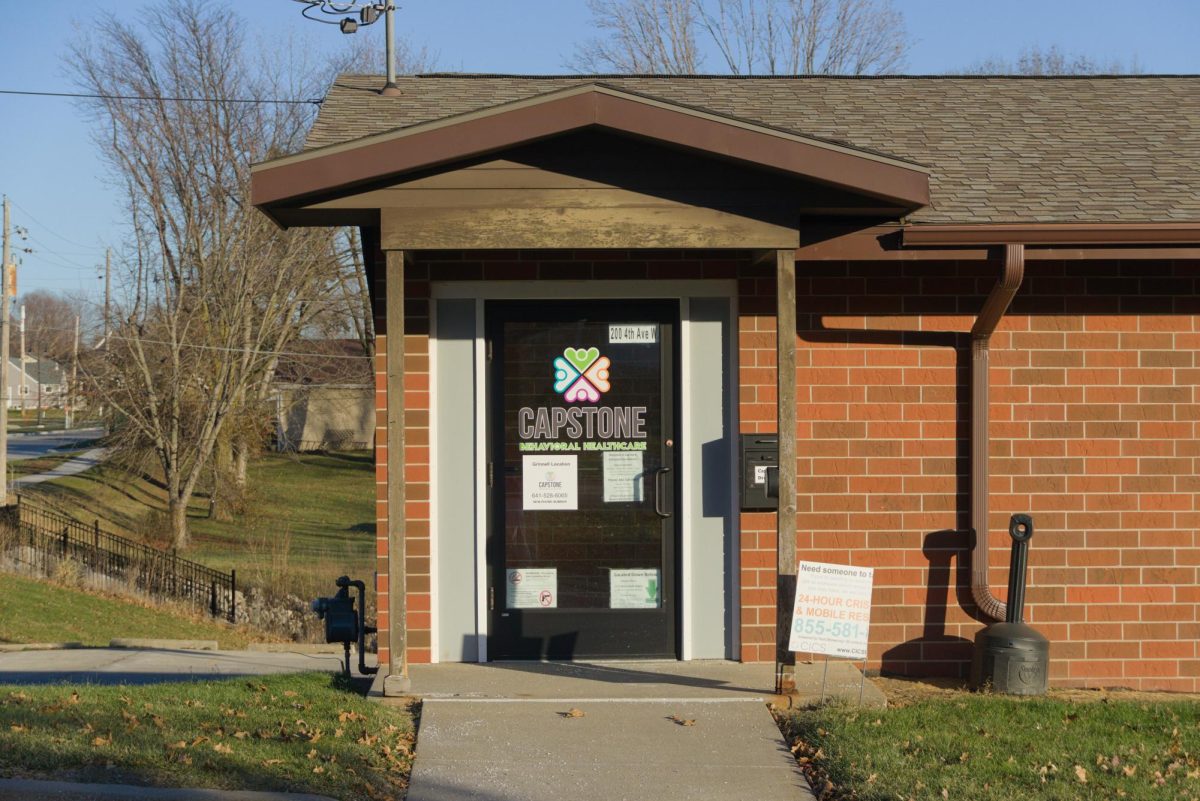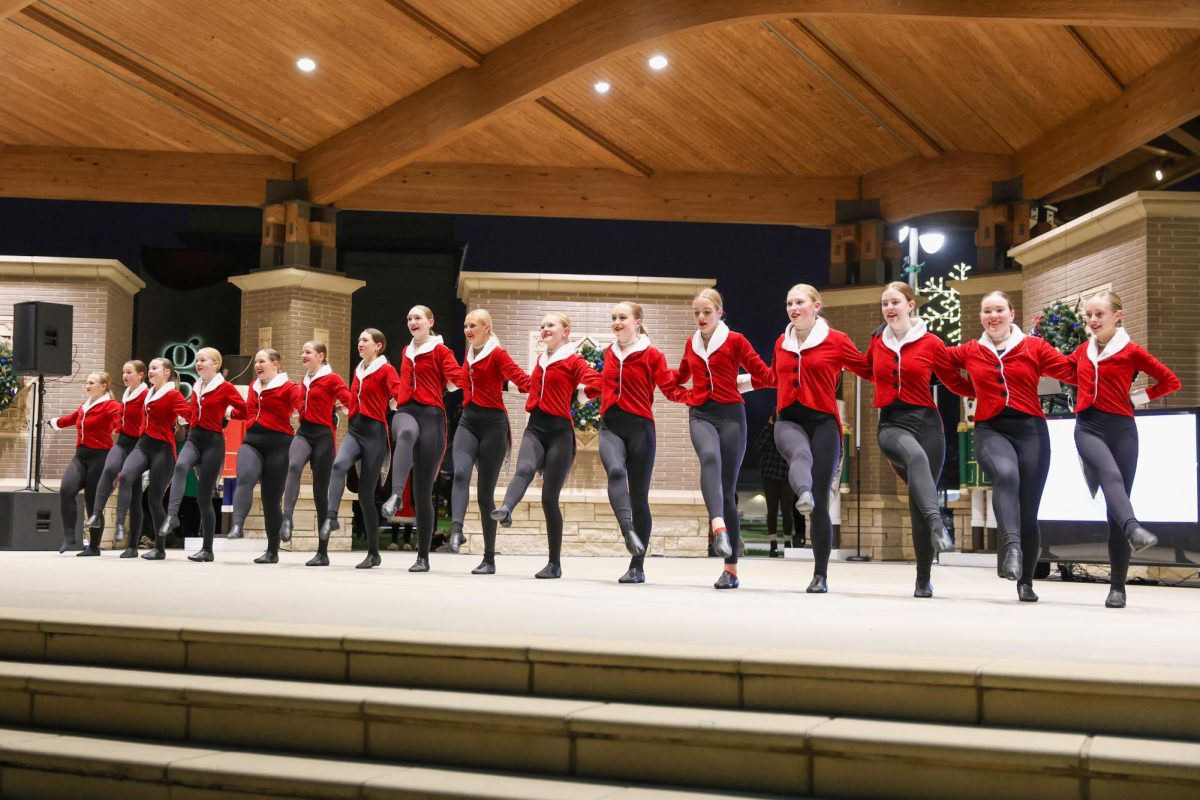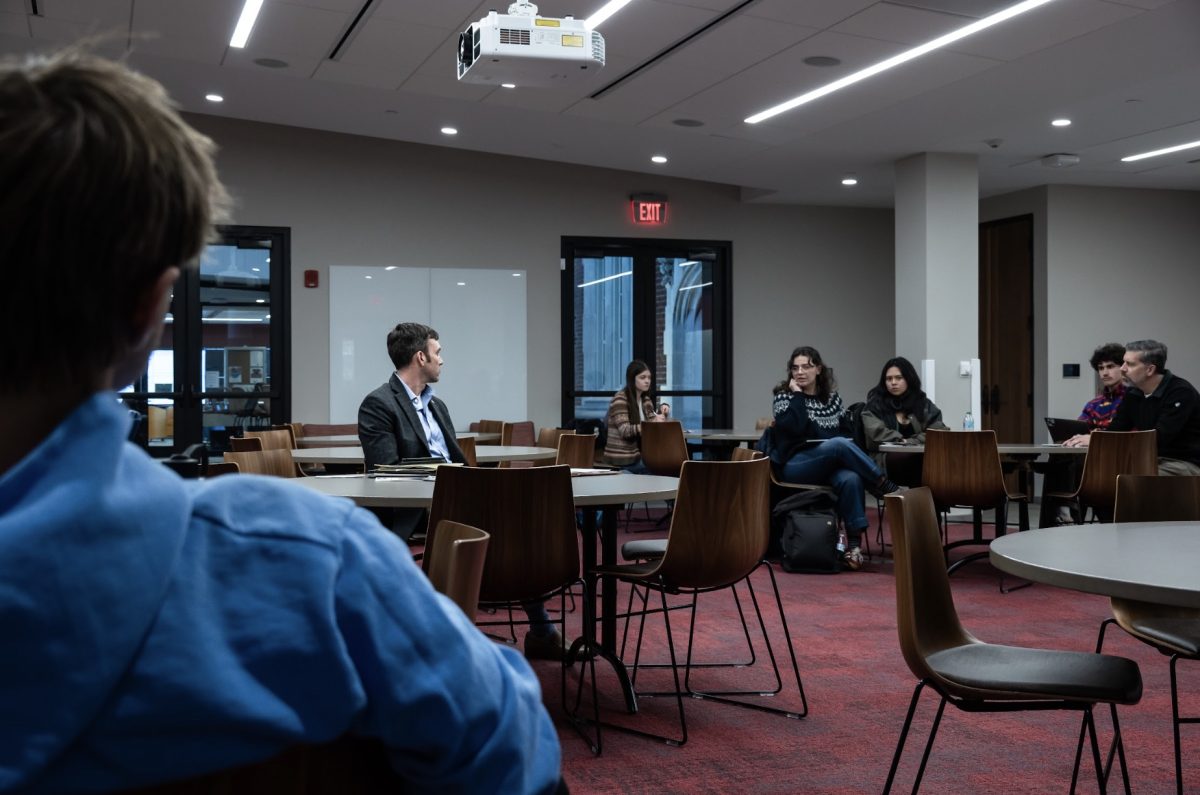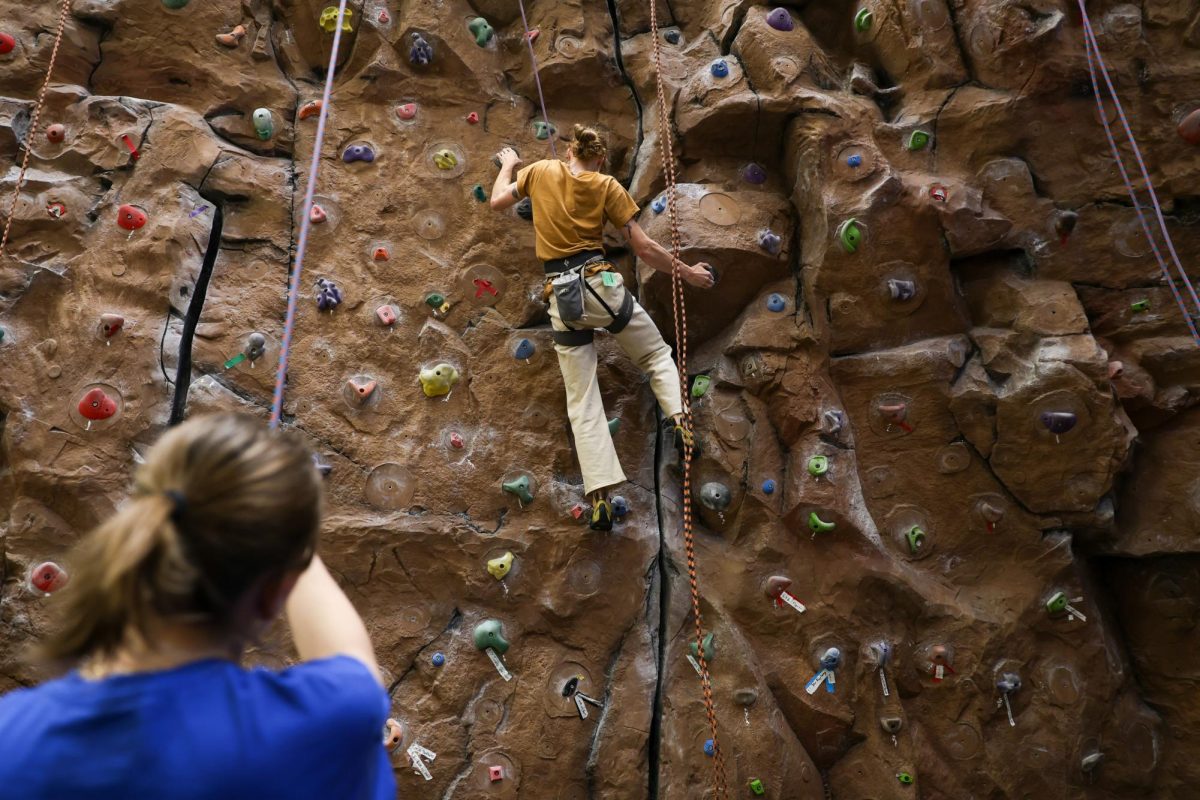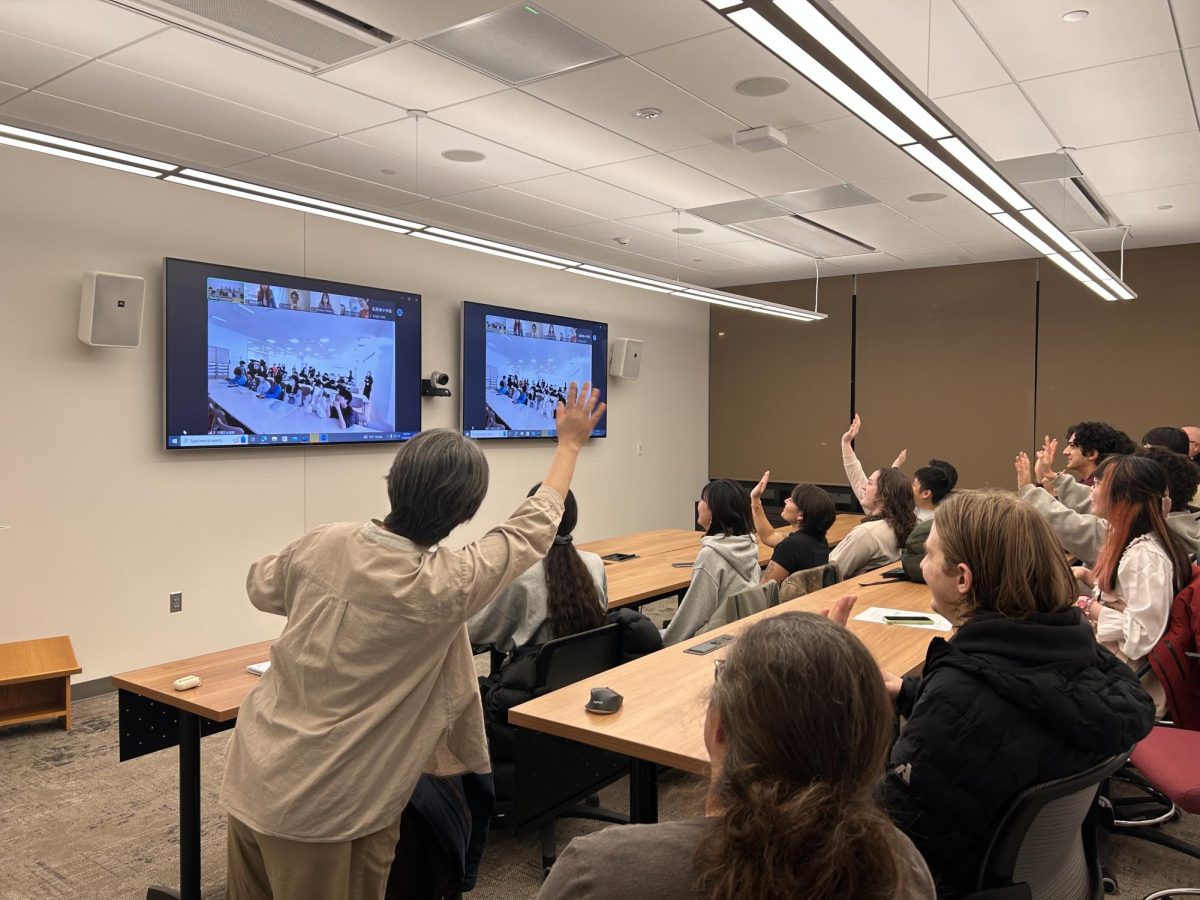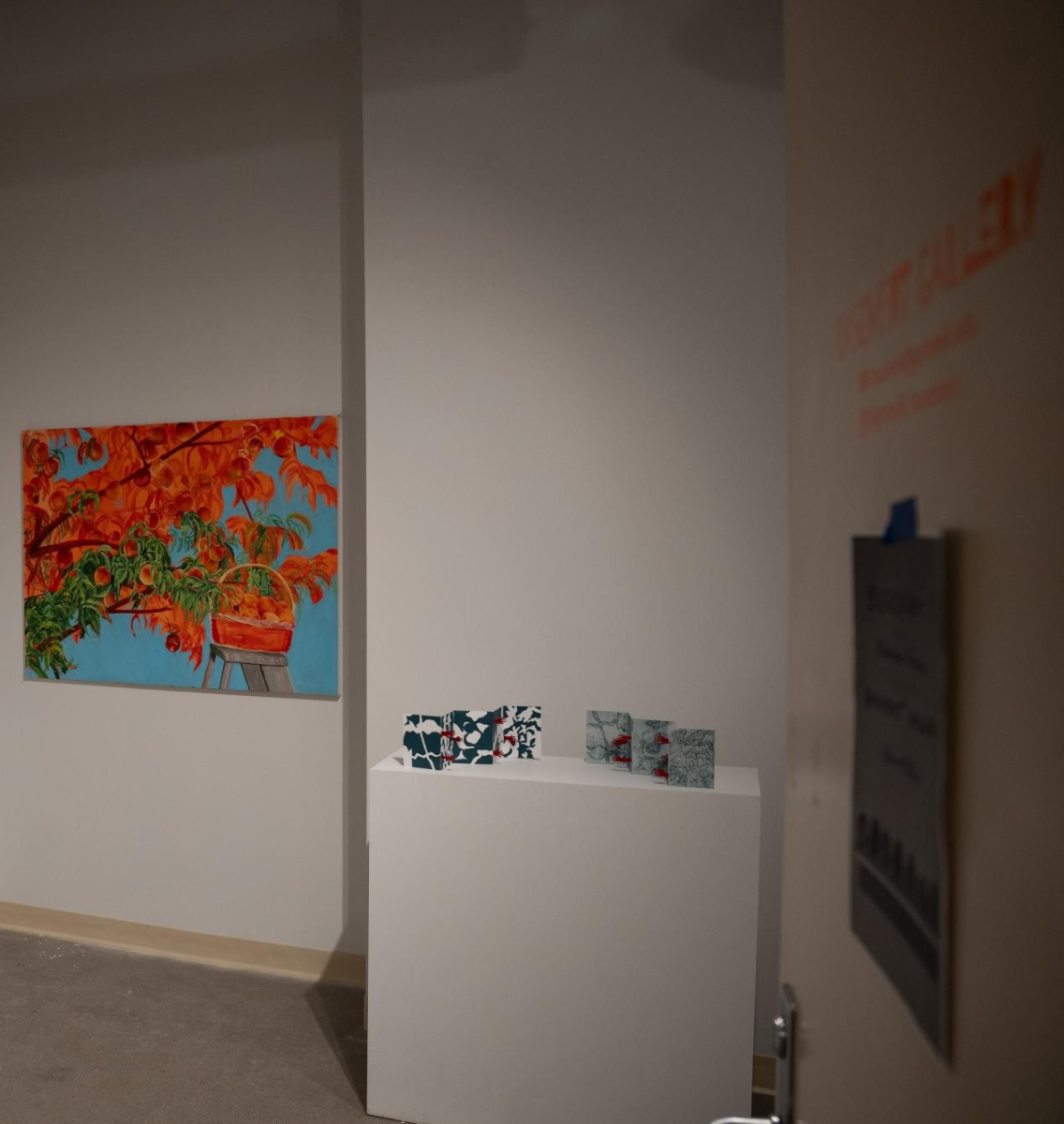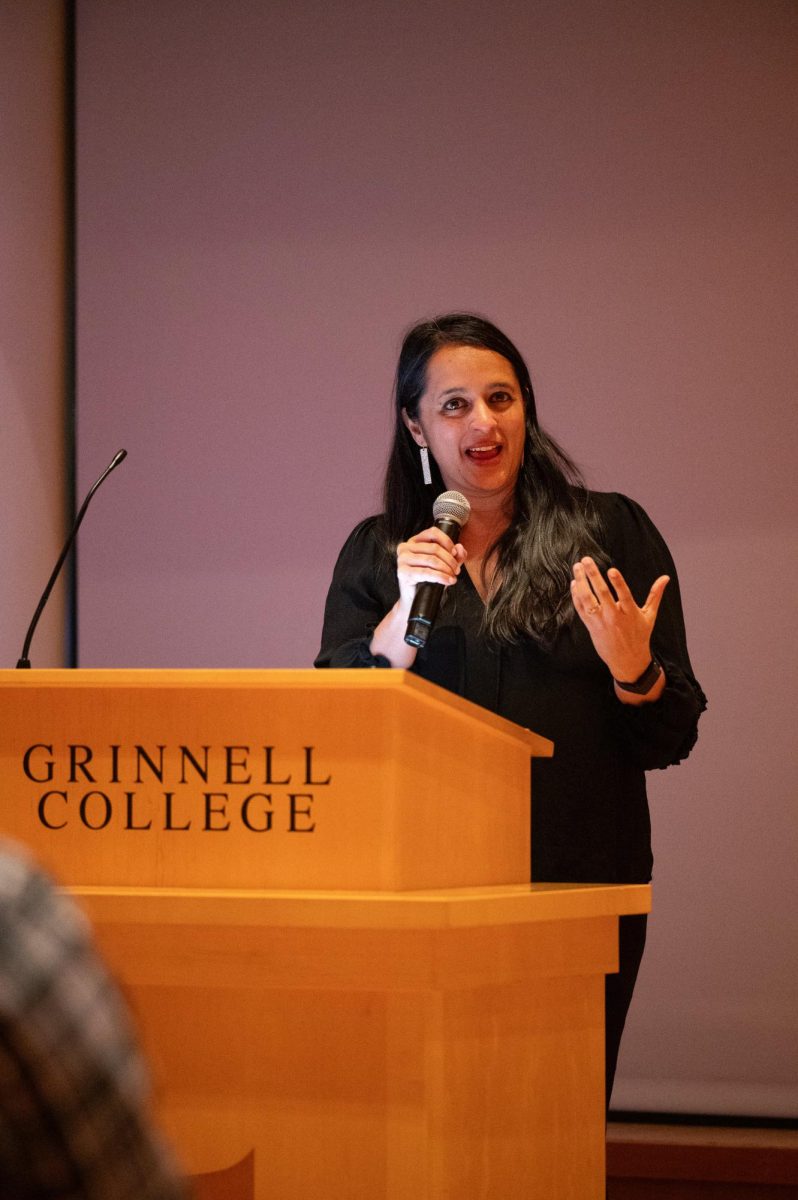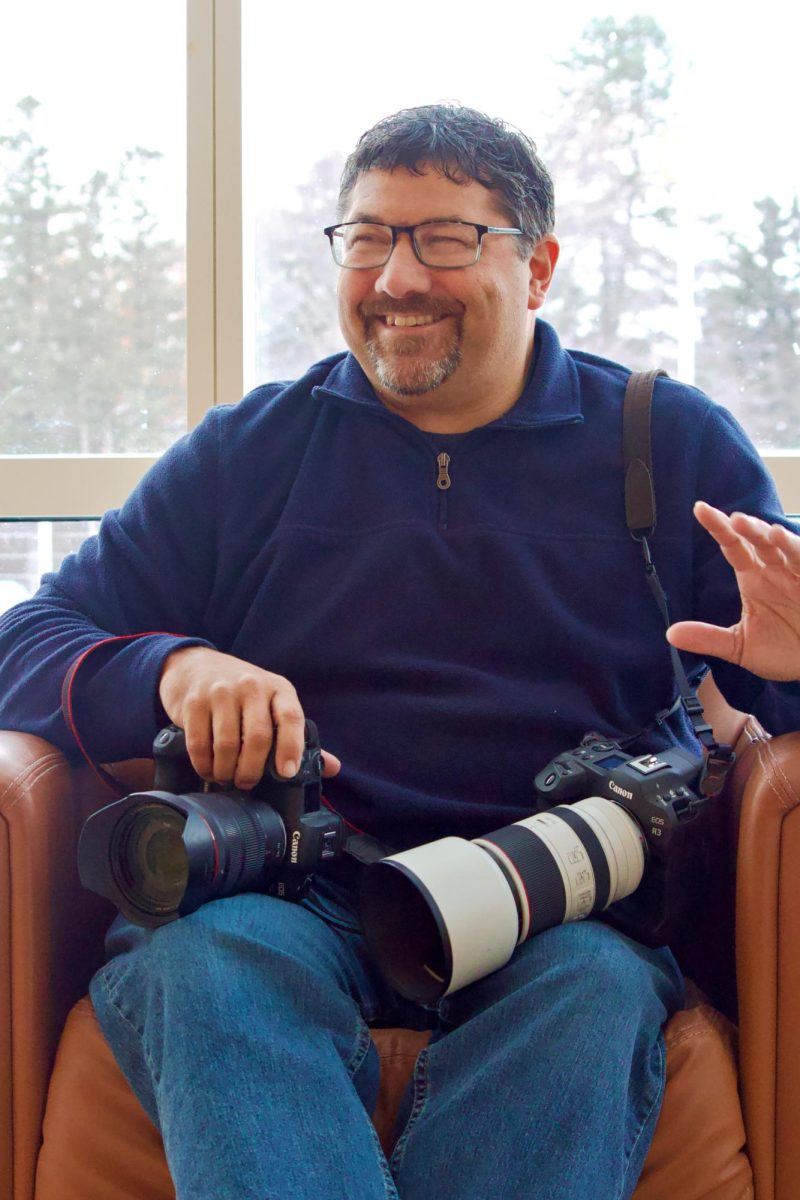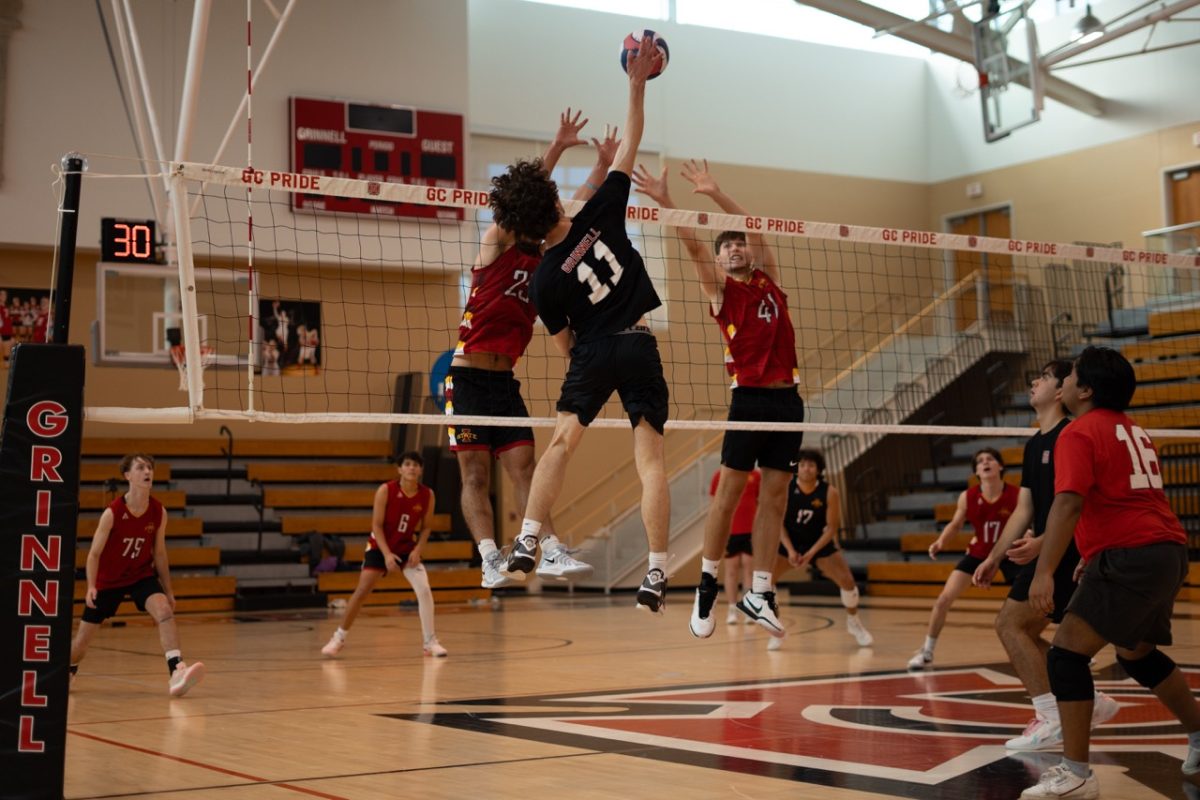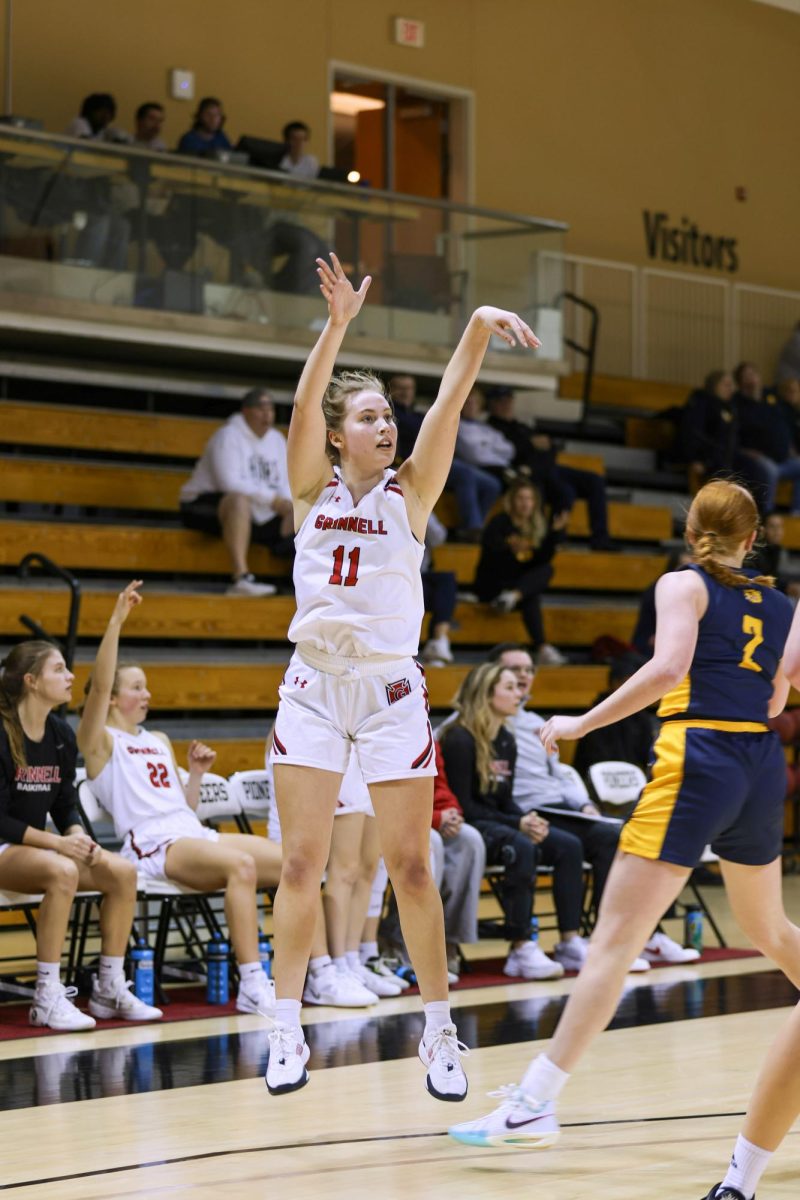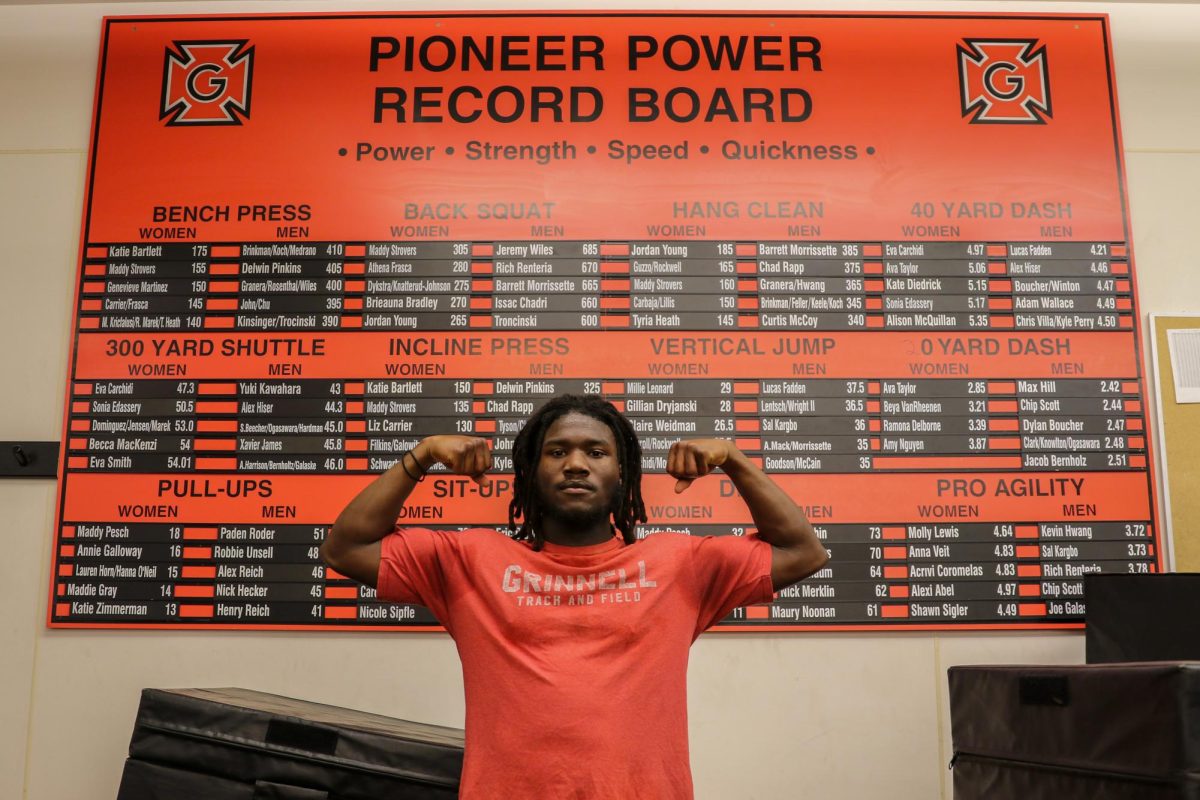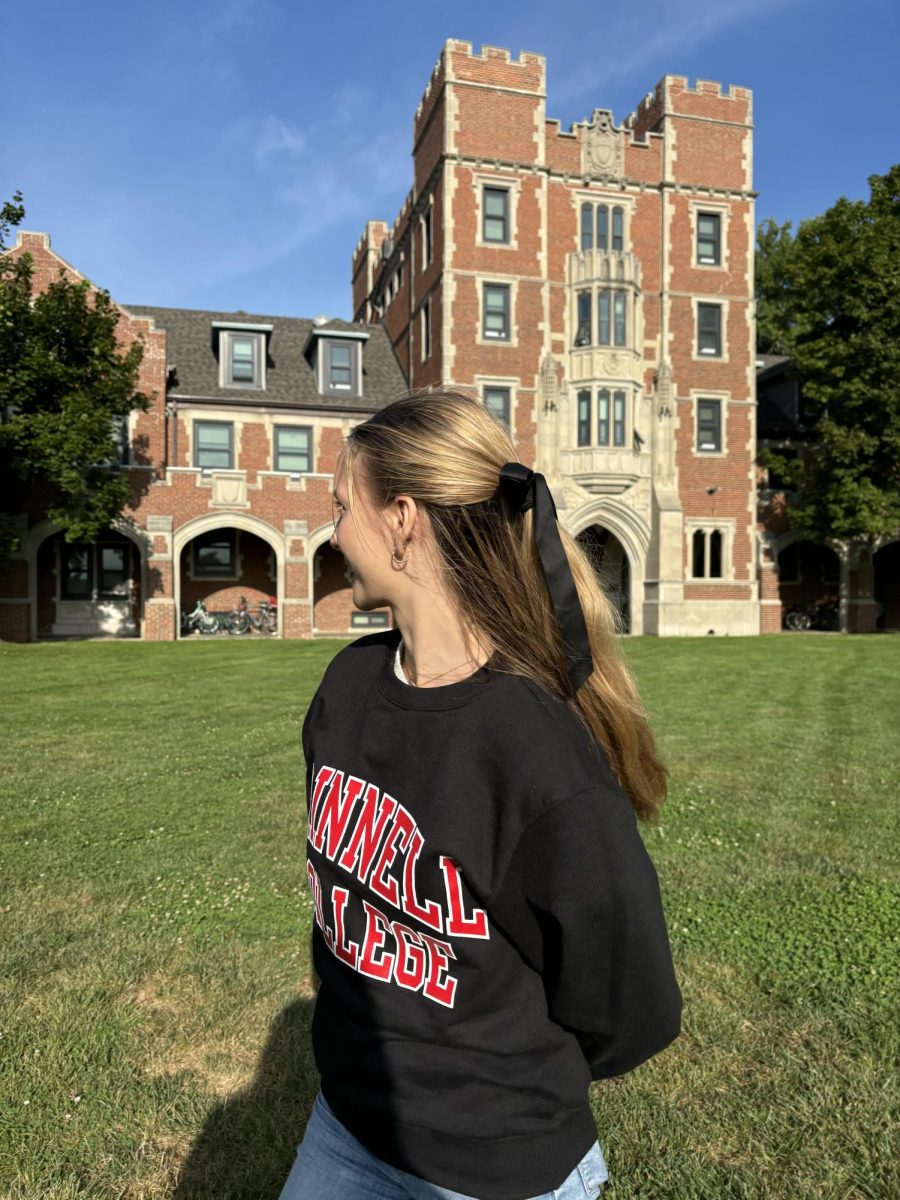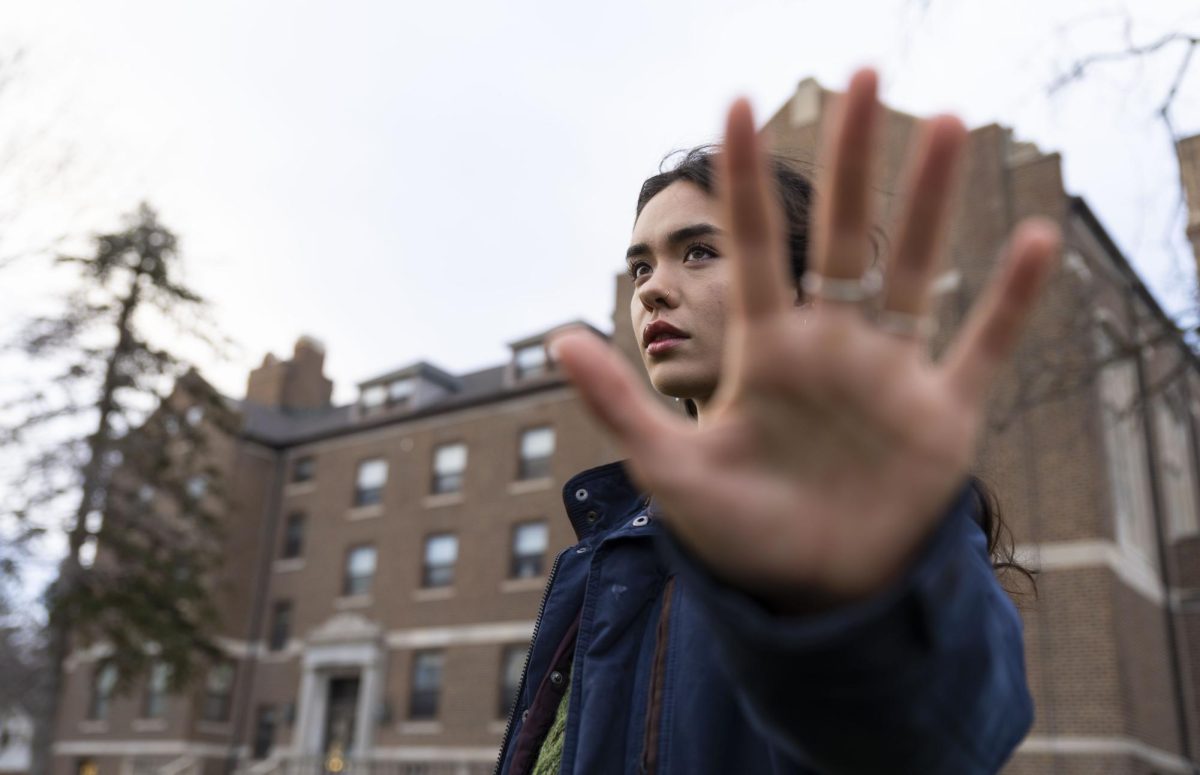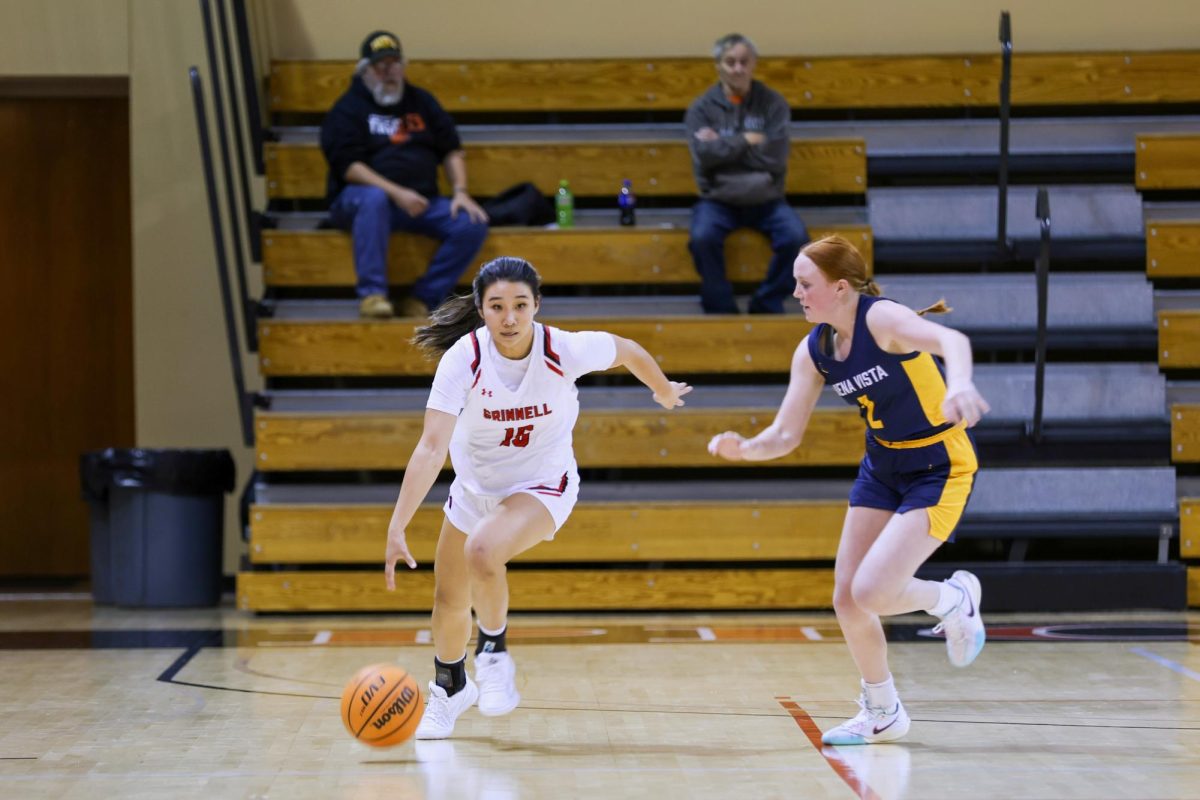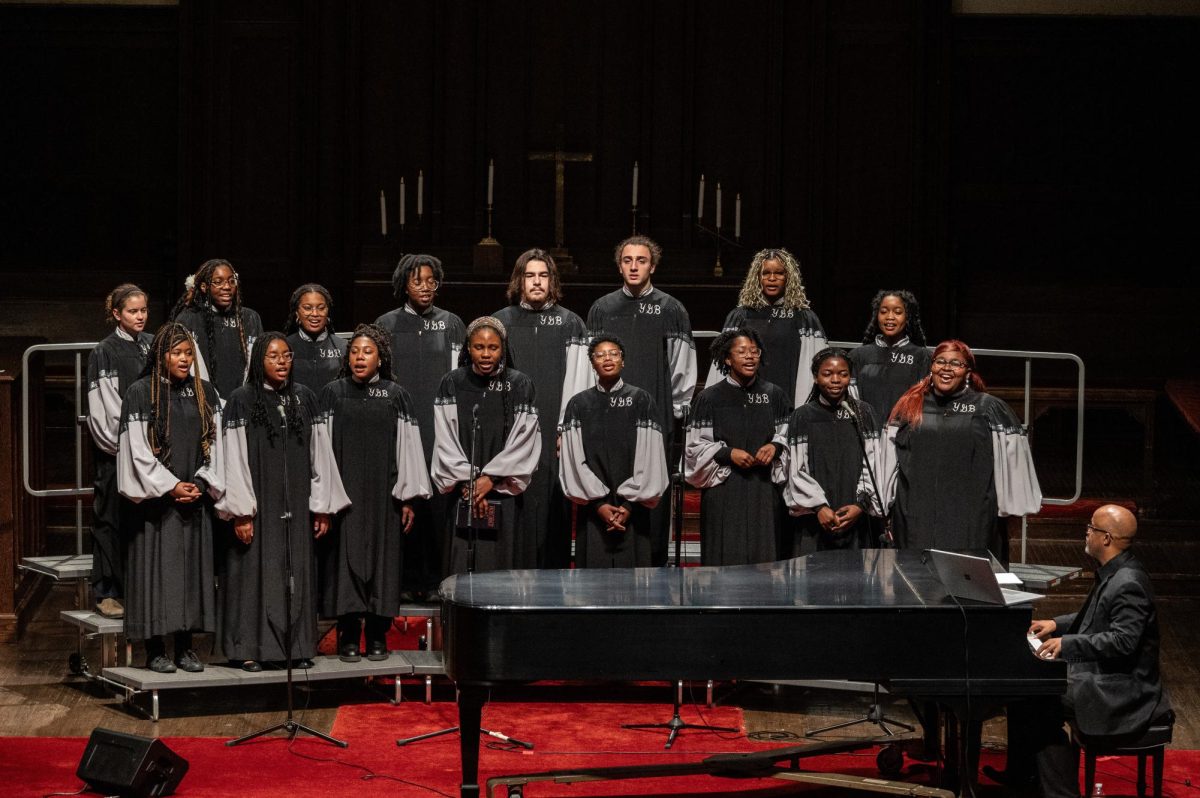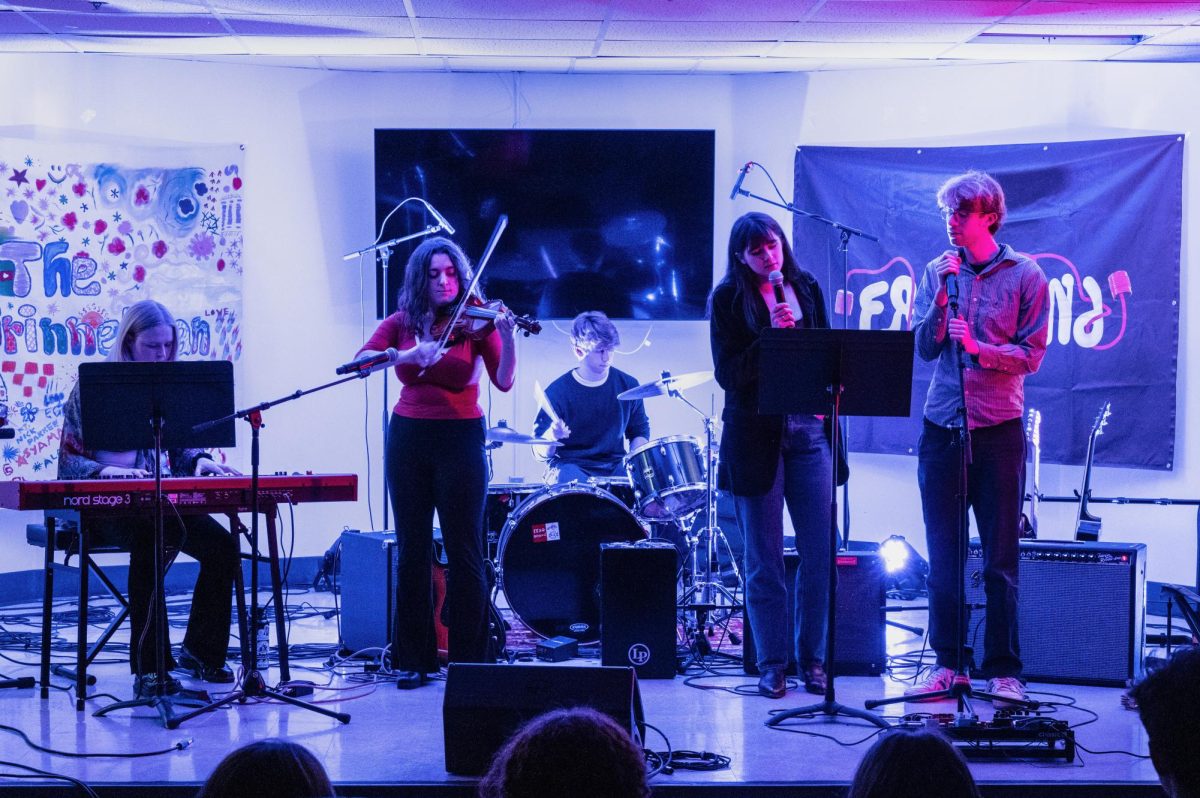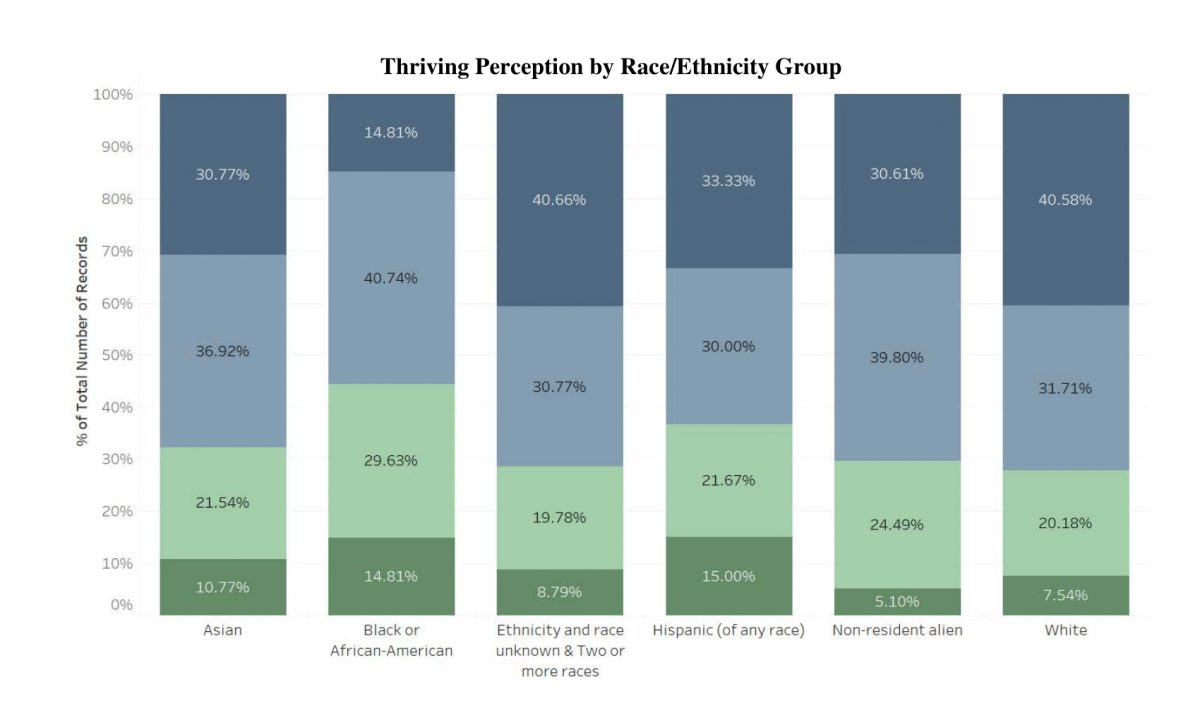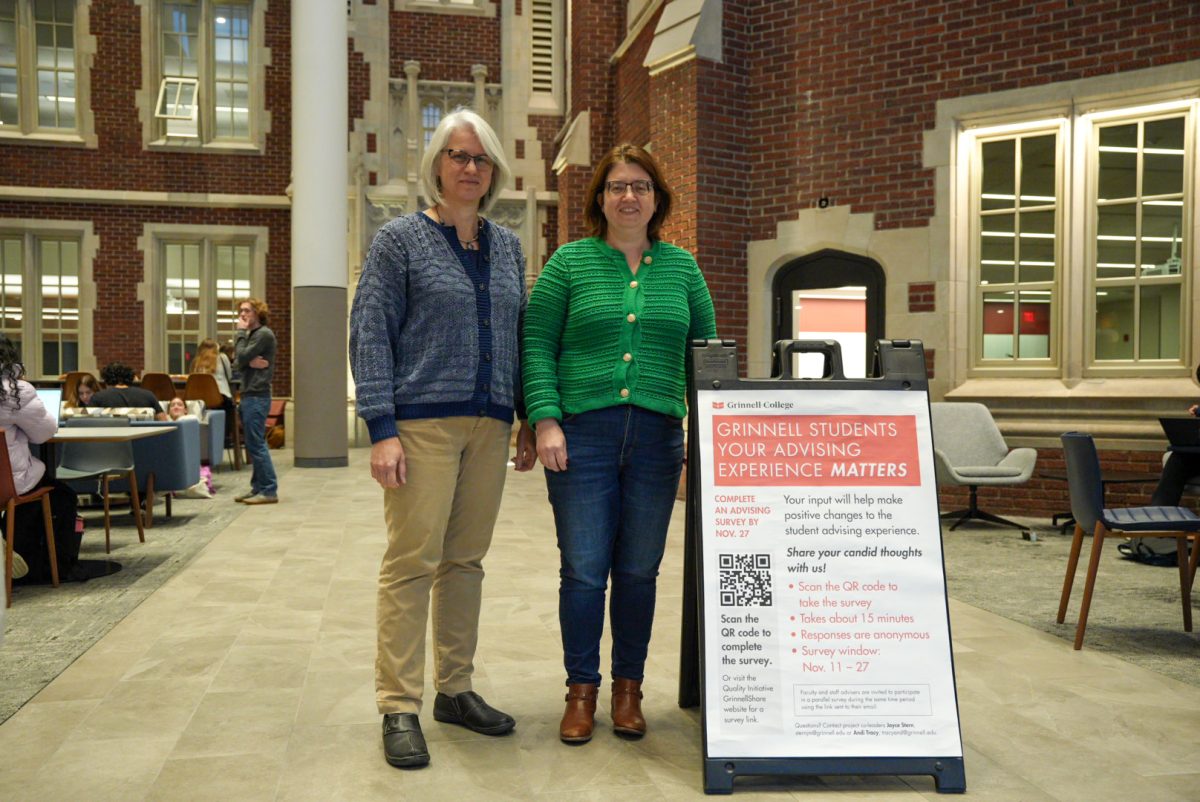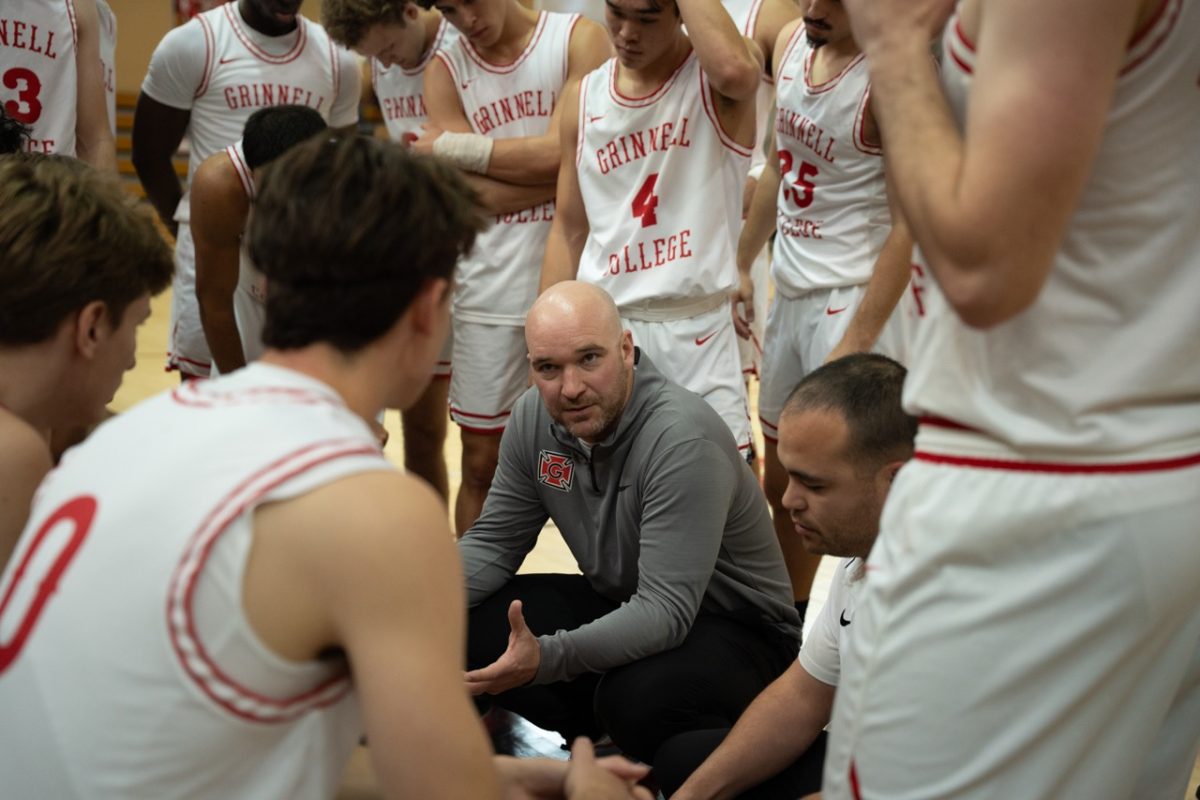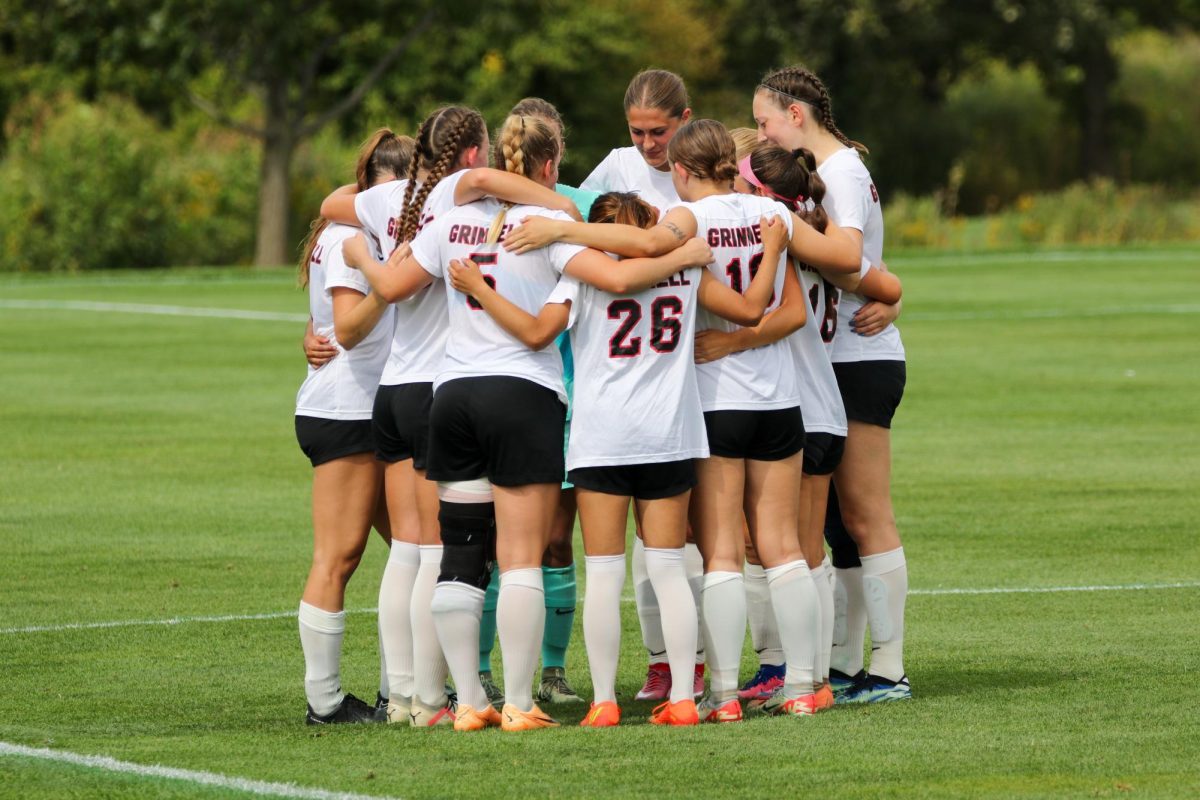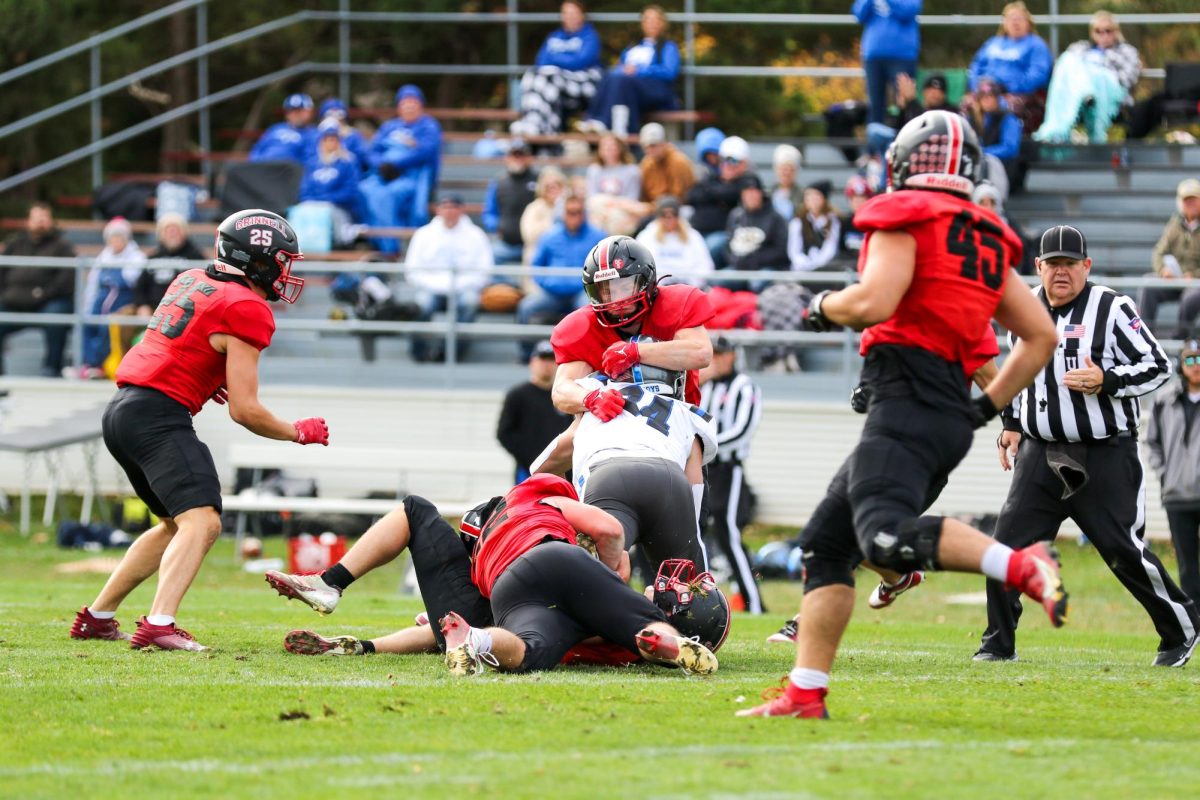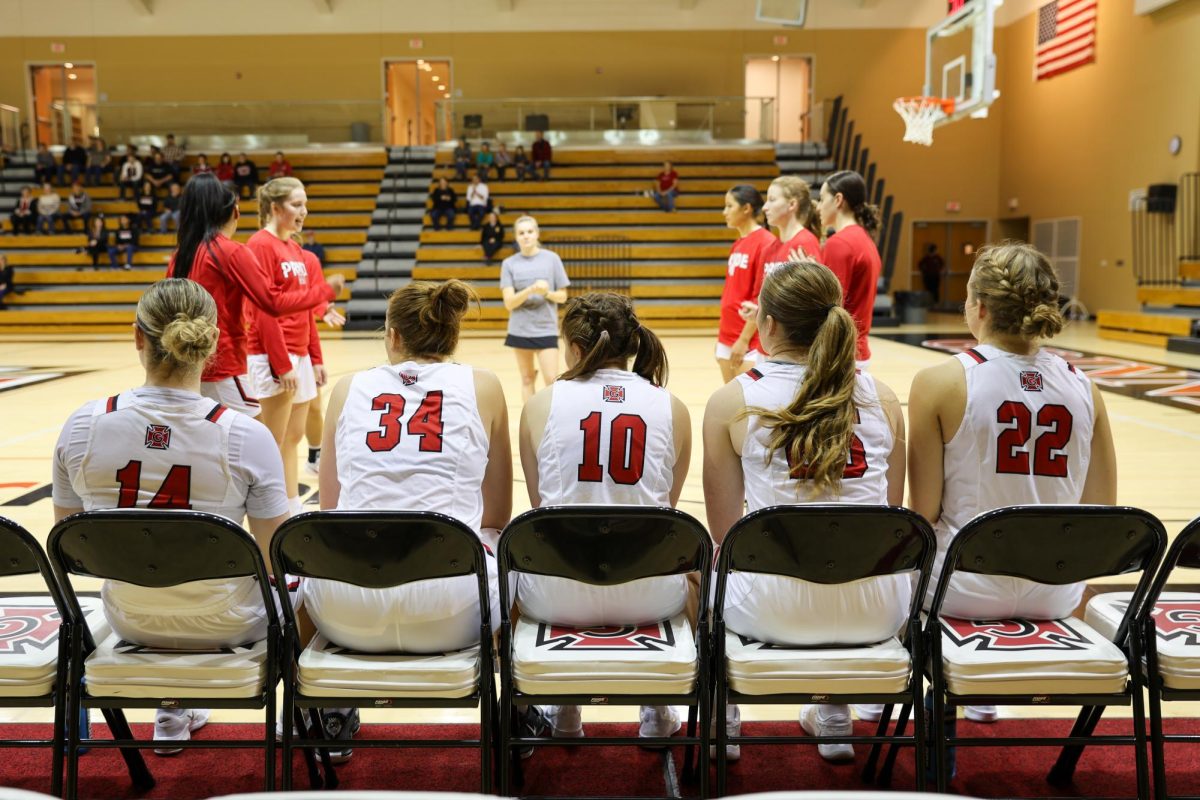
As Judge Rosemarie Aquilina read out his 175-year prison sentence, Dr. Larry Nassar stood in stunned silence. For a man who spent over two decades manipulating and abusing the young women entrusted to his care in his role as a doctor for Michigan State University (MSU) and USA Gymnastics (USAG), this was the first time that his voice carried less weight than those of his victims.
Nassar joined USAG as an athletic trainer in 1986, receiving his medical degree from MSU seven years later in 1993. In the following 22-year span, Nassar would be accused of sexual abuse, assault and misconduct by over 200 young women and girls, many of whom were enthusiastically entrusted to his care by parents thinking that their daughters would have access to “world-class” medical attention.
People first reported misgivings about Nassar’s behavior as early as 1992, with multiple complaints lodged by female MSU athletes in the late 1990s and early 2000s.
“I trusted Dr. Nassar, I would have trusted him with my child, until now,” said Tiffany Thomas-Lopez, a former MSU softball player, in her victim impact statement during the trial. Thomas-Lopez, who told the court how Nassar slowly began to give her treatments that made her more and more uncomfortable, claims she relayed her encounters with Nassar to three team trainers and a staff member in 2000. One trainer said Nassar was “a top-notch professional,” and that Thomas-Lopez should feel “lucky” to have access to his expertise. No one filed her complaint, and Thomas-Lopez left MSU in 2001. Then Nassar attended the 2000 Olympic Summer Games as the head physician for the Womens Gymnastics team.
In his role with USGA, Nassar gained unfettered access to some of his most high-profile victims. Olympic-medalists Aly Raisman, Gabby Douglas, Simone Biles and McKayla Maroney have all accused Nassar of abuse, in addition to the scores of women who fell prey to Nassar as they climbed the ranks of various USA Youth Gymnastics programs.
“The effects of your abuse are far reaching,” Raisman told Nassar in January when she faced him in court. “Abuse goes way beyond the moment, often haunting survivors for the rest of their lives.”
In total, nearly 140 girls and women were allowed to deliver victim impact statements in court, Nassar being forced to listen as they described the after effects of his abuse.
When Nassar received his sentence on Jan. 24 to serve 40 to 175 years in prison, it was an acknowledgement, sanctified by law, that someone finally believed the survivors of his abuse. While this is an important step towards healing, acknowledgement alone is not justice. In order for justice to truly be served, the institutions that enabled Nassar must be held equally accountable for his actions.
MSU, where Nassar taught and treated athletes up until his suspension in 2016, continued to let him see patients during the 16 months in which he was investigated by state police.
In her February 2017 “Letter to the Spartan Community,” former Michigan State University President Lou Anna K. Simon offered the school’s version of events, saying, “MSU [had] taken a proactive approach to responding to this situation.” The fact that scores of MSU employees, including former Womens Gymnastics coach Kathie Klages, were brought multiple accounts of abuse perpetrated by Nassar as early as 1994, runs counter to such a sentiment.
In the wake of Nassar’s arrest and conviction, MSU has cleaned house, with Simon, Athletic Director Mark Hollis and Klages all resigning or retiring. This comes on the heels of news that every member of the USAG Board of Directors had been relieved of their position.
It would be wrong, however, to assume that only high-ranking officials were part of the problem. Multiple Nassar accusers testified to confiding in low-level team personnel, who they claim either ignored or disregarded their complaints, often under pressure from their superiors.
MSU, for its part, is no stranger to allegations of a systemic culture of abuse and denial. Since 2007 (the year that current MSU Head Football Coach Mark Dantonio was hired), at least 16 Spartans football players have been accused of sexual assault or violence against women. Travis Walton, a former member of the Spartans Men’s Basketball team, continued to participate in all team activities following an accusation of rape. Conversely, when a student-manager was accused of punching a woman in the face during a bar fight during the same season, he was immediately fired.
Unfortunately, large-scale cover-ups are not as rare as one would hope in collegiate sports, most notably with the 2012 Penn State-Jerry Sandusky scandal and the 2016 Baylor University sexual assault scandal. In both instances, years of failing to report or acknowledge complaints of sexual impropriety resulted in the resignation of both colleges’ presidents, athletic directors, head football coaches and Title IX coordinators. More importantly, ignorance of facts and dereliction of duty led to the prolonged, repeated suffering of many victims, some as young as seven years old.
When it comes to cases like Penn State, Baylor, and MSU –— all institutions of higher learning which protected predators like Larry Nassar — the most prescient question is also the most difficult to answer: why?
Sports programs at Division I powerhouses like MSU, Penn State and Baylor all generate millions of dollars in revenue for schools every year, and perhaps administrators were afraid of the financial strain that large-scale investigations would entail. Athletic departments at state schools contain hundreds of employees, many of whom may have felt content to pass along information to the person above them, feeling that they did their job. In the digital age, the accused are often tried in the court of public opinion, and so maybe schools were afraid of information leaking to the press.
Regardless of how these institutions and their inhabitants may justify their inaction, their silence itself speaks volumes. Silence not only protects abuse but it institutionalizes it. The fact that it took hundreds of women to convince us of the guilt of one man is a poignant reminder of the underlying necessity of the current Me Too movement.
To prevent the subsistence of another Nassar in the future, MSU and its contemporaries must prioritize victims above profits and give equal weight to the voices of the accused and their accuser(s).
Only then can the stories of survivors begin to permeate the longstanding walls of institutional inaction. this act, like Nassar’s conviction, is long, long overdue.
